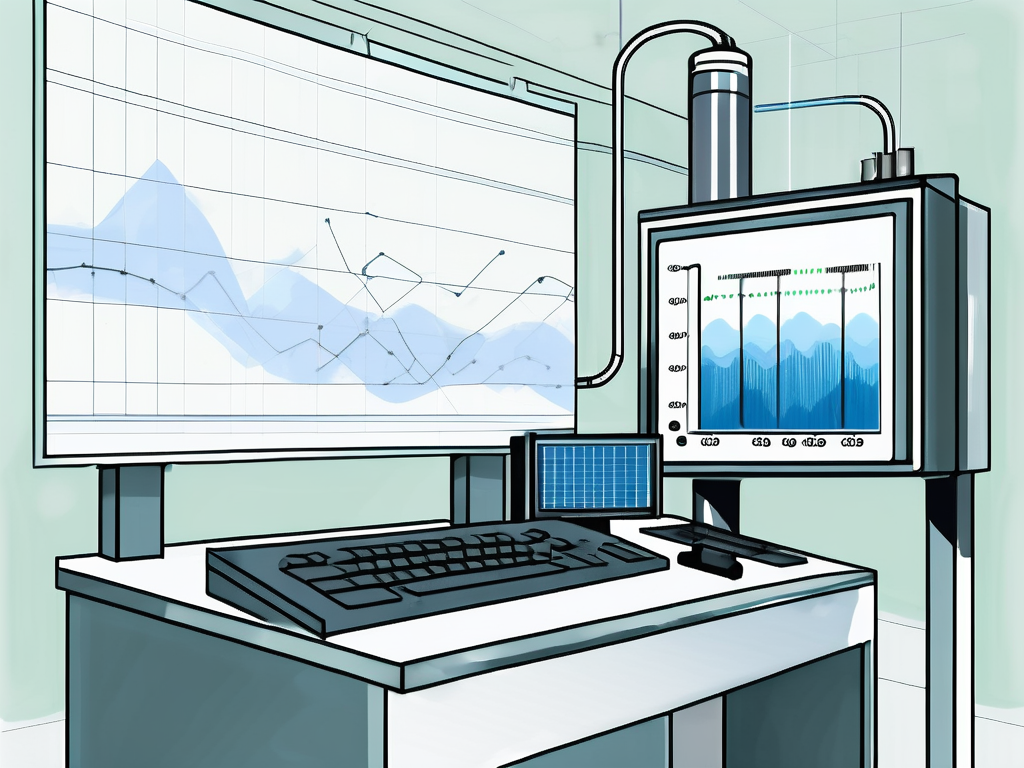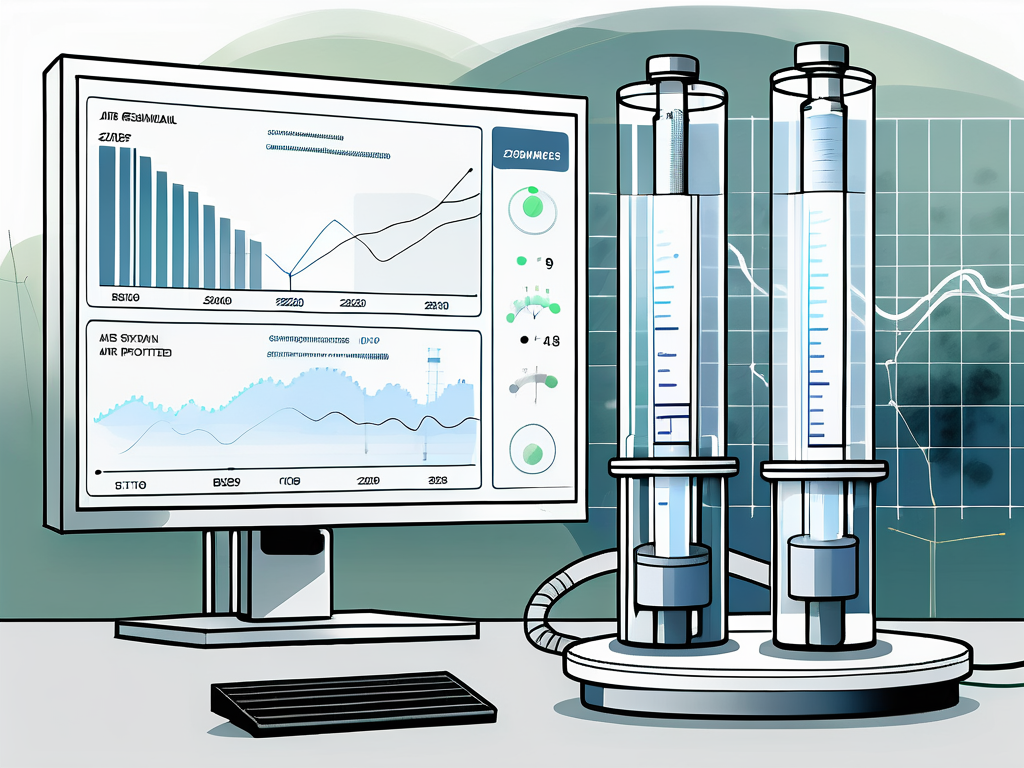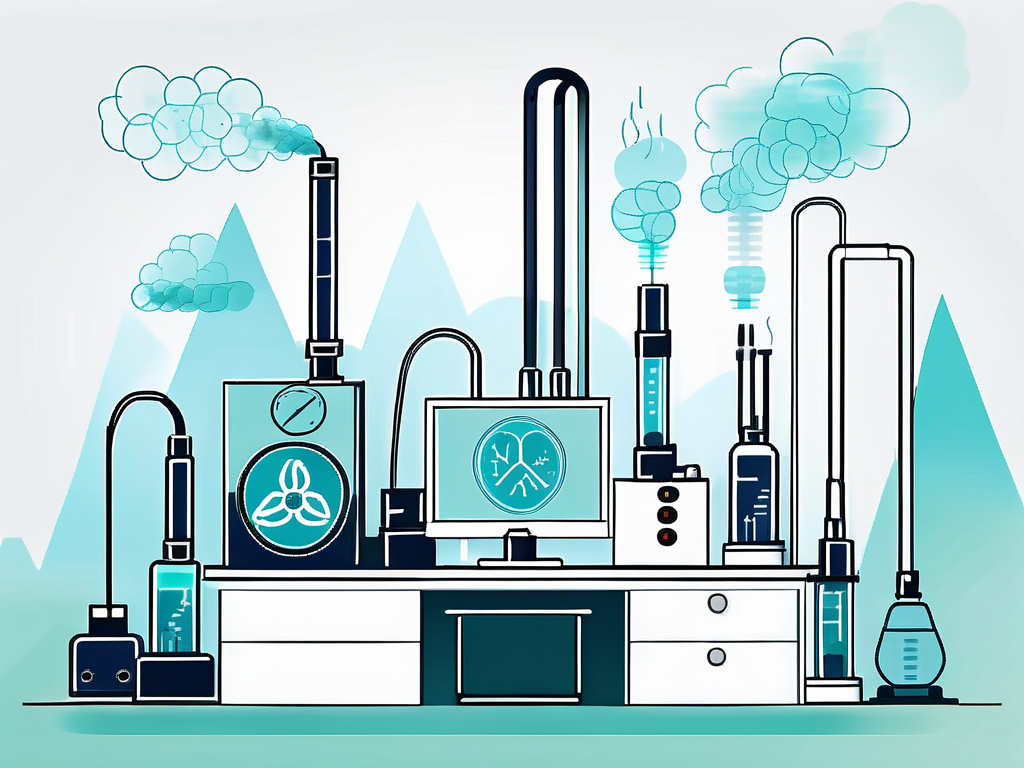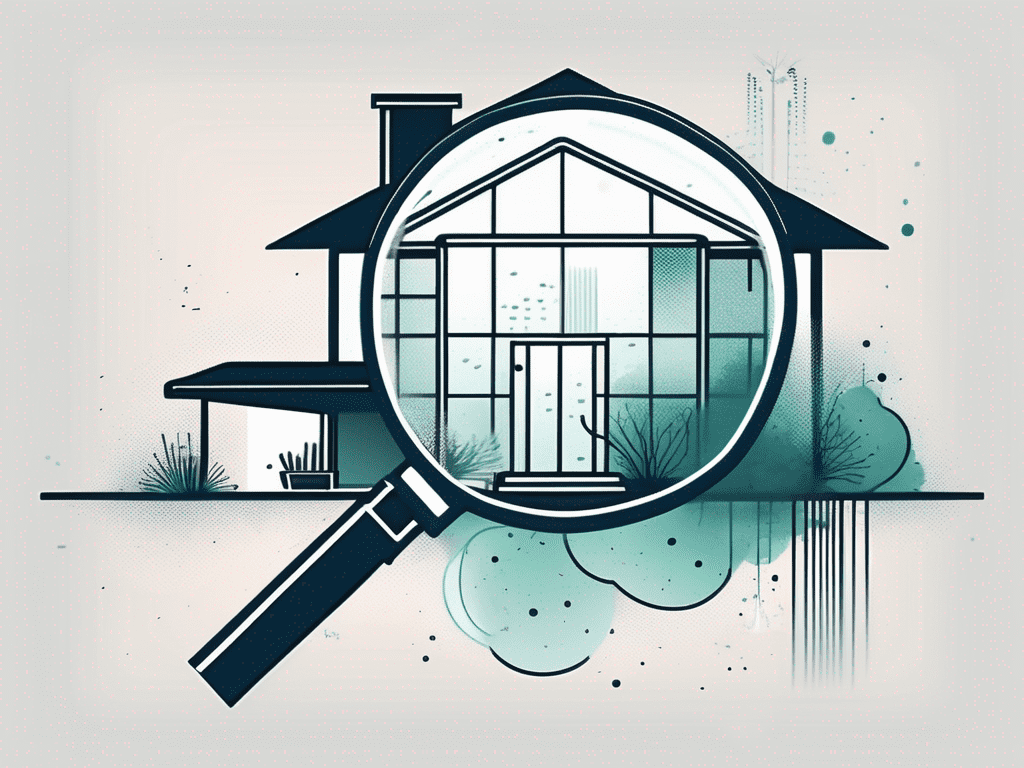Air quality testing is a crucial service that helps to determine the level of pollution and contaminants in the air we breathe. It plays a significant role in ensuring a healthy and safe environment for both indoor and outdoor spaces. Understanding what air quality testing entails, its importance, the science behind it, the different types of tests available, the testing process, and the equipment used is essential for anyone looking to learn more about this vital service.
Understanding Air Quality Testing
What is Air Quality Testing?
Air quality testing is the process of measuring and analyzing the composition of the air to determine its quality. It involves evaluating the presence and levels of pollutants such as gases, particulate matter, volatile organic compounds (VOCs), and other harmful substances that can have adverse effects on human health and the environment.

One important aspect of air quality testing is the consideration of indoor air quality. Indoor air can sometimes be more polluted than outdoor air due to factors such as inadequate ventilation, the use of certain household products, and the presence of mold or mildew. Testing indoor air quality is essential for ensuring a healthy living or working environment.
Importance of Air Quality Testing
Ensuring good air quality is crucial for our well-being. Poor air quality can contribute to several health problems, including respiratory issues, allergies, asthma, and even more severe conditions. Air quality testing helps identify potential sources of pollution and allows for appropriate measures to be taken to reduce exposure and improve air quality.
Moreover, air quality testing plays a significant role in environmental protection and conservation efforts. By monitoring and assessing air quality, regulatory agencies can develop policies and regulations to limit emissions from industries, vehicles, and other sources, thereby reducing the impact of air pollution on ecosystems and wildlife.
The Science Behind Air Quality Testing
Air quality testing is based on scientific principles and techniques that involve collecting air samples and analyzing them in specialized laboratories. Sophisticated instruments and equipment are used to measure the concentration of pollutants and identify any potential environmental concerns. The data obtained from these tests is then interpreted to assess the overall air quality and identify any areas of concern.
Furthermore, advancements in technology have led to the development of real-time air quality monitoring systems that provide continuous data on air pollution levels. These systems use sensors and remote monitoring capabilities to track changes in air quality in different locations, allowing for prompt action to be taken in case of sudden spikes in pollution levels.
Different Types of Air Quality Tests
Indoor Air Quality Tests
Indoor air quality tests focus on analyzing the air within buildings, including homes, offices, schools, and other indoor spaces. These tests evaluate factors such as temperature, humidity, carbon dioxide levels, volatile organic compounds (VOCs), and airborne particles to identify potential issues and recommend appropriate corrective actions.
Indoor air quality is crucial for maintaining a healthy and comfortable indoor environment. High levels of pollutants or inadequate ventilation can lead to various health problems, including respiratory issues, allergies, and fatigue. By conducting indoor air quality tests, building owners and occupants can gain valuable insights into the air they breathe daily and take necessary steps to improve air quality.
Outdoor Air Quality Tests
Outdoor air quality tests are conducted to assess the air in open spaces, such as parks, urban areas, and industrial zones. Monitoring and analyzing outdoor air quality helps identify and understand the sources and levels of pollutants present in the environment. This information is crucial for developing strategies to reduce pollution and improve overall air quality.
Outdoor air quality can be influenced by various factors, including vehicle emissions, industrial activities, and natural sources like pollen and dust. By conducting outdoor air quality tests, environmental agencies and researchers can gather data to support air quality management initiatives and public health policies. Understanding the composition of outdoor air is essential for protecting ecosystems, wildlife, and human health.
Industrial Air Quality Tests
Industrial air quality tests focus on evaluating air quality in manufacturing facilities, factories, and industrial areas. These tests help detect and measure specific pollutants associated with industrial processes, such as volatile organic compounds (VOCs), particulate matter, heavy metals, and other hazardous substances. The data obtained from industrial air quality tests is used to ensure compliance with environmental regulations and to prevent health risks for workers and the surrounding community.
Industrial activities can release a wide range of pollutants into the air, posing risks to both the environment and human health. By conducting regular industrial air quality tests, companies can identify areas for improvement in their production processes and implement measures to reduce emissions. Ensuring good industrial air quality is not only essential for meeting regulatory requirements but also for fostering a safe and sustainable working environment for employees and nearby residents.
The Process of Air Quality Testing
Initial Assessment
The air quality testing process begins with an initial assessment of the area to be tested. This involves understanding the purpose of the test, identifying potential sources of pollution, and determining the specific pollutants to be measured. The assessment helps in planning the testing process and ensuring the collection of accurate and relevant data.

During the initial assessment phase, experienced environmental technicians conduct a thorough inspection of the site, taking note of any industrial facilities, traffic congestion, construction sites, or other potential sources of air pollution in the vicinity. Factors such as meteorological conditions and topographical features are also considered, as they can influence the dispersion of pollutants in the air. By meticulously examining these variables, the testing team can develop a comprehensive sampling strategy tailored to the specific characteristics of the location.
Sampling and Analysis
Once the initial assessment is complete, the next step is the collection of air samples. This is done using specialized equipment designed to capture and preserve representative samples of the air. The collected samples are then transported to a laboratory for analysis. Sophisticated analytical techniques are employed to measure the concentration of pollutants and identify their sources.
Sampling methods vary depending on the pollutants of interest and the objectives of the testing. Common techniques include grab sampling, where air is collected at a specific moment, and passive sampling, which allows for continuous monitoring over an extended period. In addition to traditional pollutant analysis, some advanced testing protocols incorporate real-time monitoring using cutting-edge sensor technology to provide instantaneous data on air quality parameters.
Interpreting the Results
After the analysis is completed, the air quality testing service interprets the results and provides a detailed report. The report includes a comprehensive analysis of the air quality, highlighting any potential health risks, and recommending measures to improve air quality if necessary. It also serves as a valuable resource for decision-making related to environmental management and health protection.
Air Quality Testing Equipment
Air quality testing is a critical process that helps in assessing and monitoring the quality of the air we breathe. It involves the use of specialized equipment known as air quality monitors. These monitors come in various forms and have different functionalities, each designed to measure specific pollutants and provide accurate readings.

Types of Air Quality Monitors
There are several types of air quality monitors available in the market. One such type is the particulate matter (PM) monitor, which measures the concentration of tiny particles suspended in the air. These particles can be harmful to human health, especially when inhaled.
Another type of monitor is the volatile organic compound (VOC) monitor, which detects and measures the presence of organic chemicals in the air. VOCs can be emitted from various sources such as paints, cleaning products, and building materials, and their presence can contribute to indoor air pollution.
Carbon dioxide (CO2) monitors are also commonly used in air quality testing. These monitors measure the levels of CO2 in the air, which can indicate poor ventilation or the presence of other pollutants. High levels of CO2 can cause discomfort and affect cognitive function.
In addition to these monitors, gas analyzers are used to detect and measure specific gases in the air, such as carbon monoxide (CO), nitrogen dioxide (NO2), and ozone (O3). These gases can be emitted from various sources, including vehicle exhaust, industrial processes, and chemical reactions.
How to Choose the Right Equipment
Choosing the appropriate air quality monitoring equipment requires careful consideration of several factors. Firstly, it is essential to identify the specific pollutants of interest. This will help in selecting the monitors that are capable of detecting and measuring those pollutants accurately.
The intended use of the equipment is another crucial factor to consider. Different environments may require different types of monitors. For example, indoor air quality testing may require monitors that are specifically designed for detecting indoor pollutants, while outdoor air quality testing may require monitors that can withstand harsh weather conditions.
The required level of accuracy is also an important consideration. Some applications may require highly accurate readings, while others may only need a general indication of air quality. It is important to assess the level of accuracy needed for the specific testing requirements.
Lastly, budget considerations play a role in choosing the right equipment. Air quality monitors can vary in price, depending on their features and capabilities. It is important to find a balance between the required functionality and the available budget.
Consulting with air quality testing professionals or experts can be beneficial in selecting the most suitable equipment for specific testing requirements. These professionals have the knowledge and experience to guide individuals and organizations in making informed decisions.
Maintenance and Calibration of Equipment
Regular maintenance and calibration of air quality testing equipment are vital to ensure accurate and reliable results. Proper maintenance includes cleaning the equipment regularly to remove any dust or debris that may affect its performance. It is also important to replace any worn-out parts to maintain the equipment’s functionality.
Calibration is another crucial aspect of equipment maintenance. Calibration involves adjusting the equipment to a known standard to maintain measurement accuracy over time. This ensures that the readings provided by the monitors remain reliable and consistent.
Overall, air quality testing services play a crucial role in protecting human health and the environment. Understanding the process, types of tests, and equipment involved in air quality testing can help individuals and organizations make informed decisions to ensure a safe and healthy living environment for everyone.






